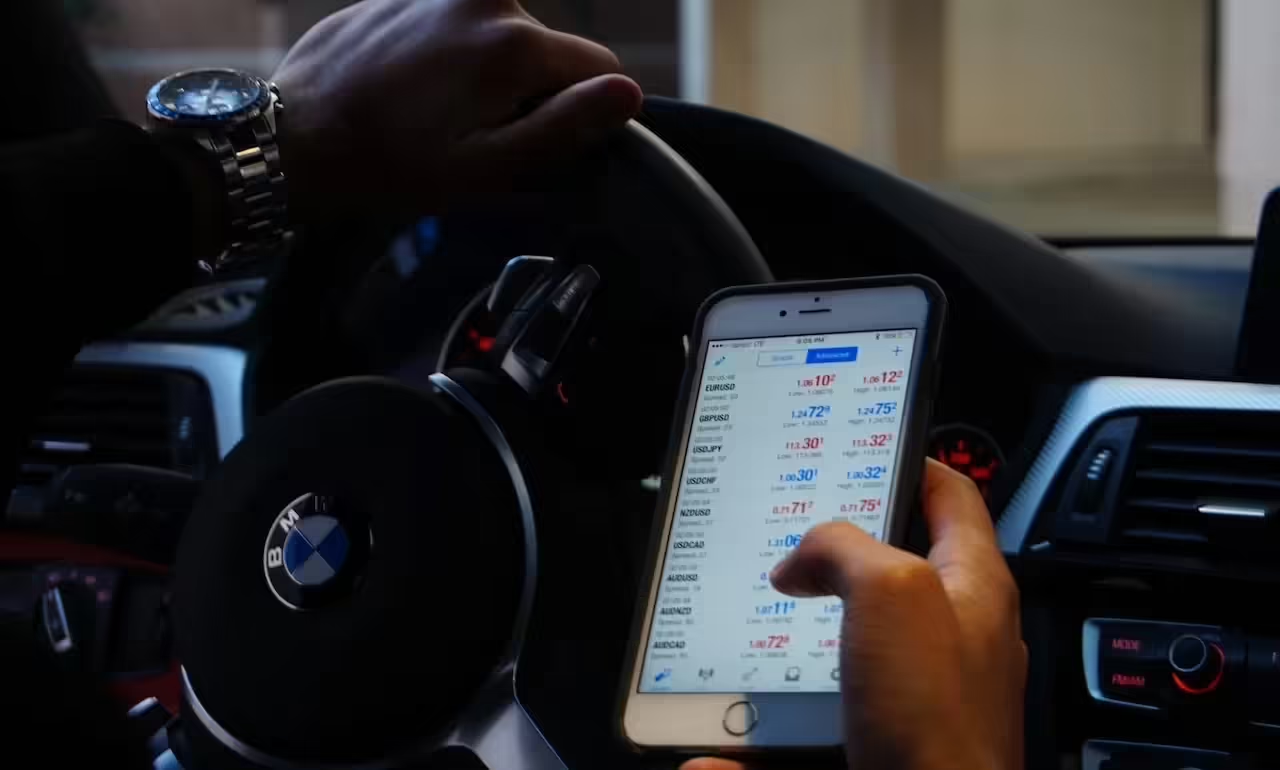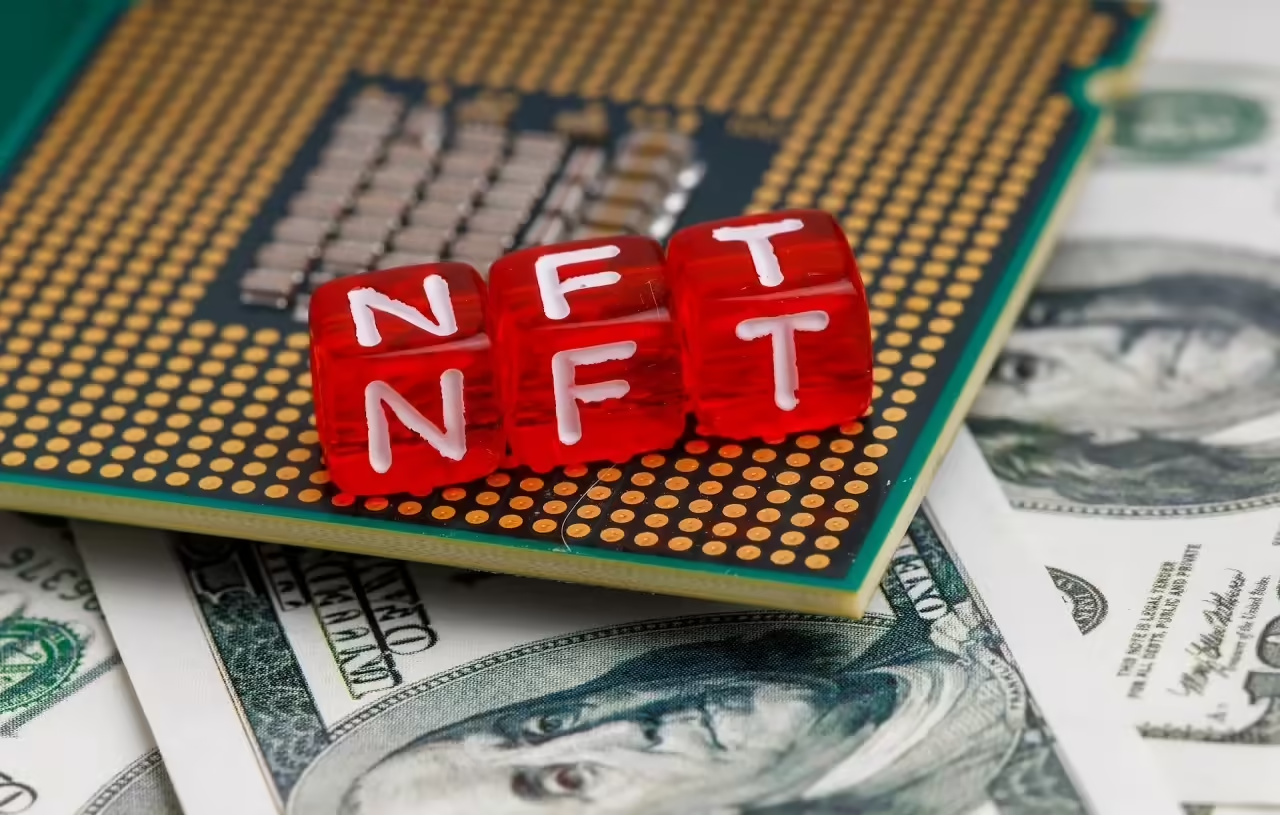
Are you seeking more control over your investments? If yes, self directed trading may be the way to go. This approach empowers you to make investment decisions using an online platform or a mobile app. But it’s not just about freedom – it’s about taking charge, educating yourself, and actively participating in your financial growth journey.
What Is Self-Directed Trading?: Grasping the Basics
Self-directed trading is an investment strategy where the investor, you, make all the decisions regarding what to buy, sell, and hold in your portfolio. It’s a departure from traditional investment avenues where professional fund managers decide on your behalf. With self-directed trading, you can choose your investments and execute trades based on your analysis and research. You use a trading platform provided by a brokerage firm that gives you access to a broad range of investment options – stocks, bonds, ETFs, mutual funds, and more. The charm of self-directed trading lies in its direct control, flexibility, and potentially lower costs due to the absence of professional management fees.
Tools of the Trade: Navigating the Trading Platform
Your trading platform is the command center for your self-directed trading activities. These platforms have many tools that help you execute trades, conduct market research, analyze investment performance, and manage your portfolio. Real-time quotes and charts provide up-to-date market information, allowing you to make informed decisions. Market news updates keep you in the loop with the latest developments, while technical analysis indicators help you identify potential entry and exit points. A well-rounded platform should provide a mix of these tools to aid your decision-making process. Exploring and familiarizing yourself with these tools is essential to harness the full potential of self-directed trading.
Risk and Reward: The Dynamics of Self-Directed Trading
Like all investment strategies, self-directed trading comes with risks and rewards. The potential for higher returns is compelling – you are in control, and management fees don’t erode your gains. However, the risks are equally present. Market volatility, lack of professional guidance, and the potential for emotional investing pose significant risks. Therefore, assessing your risk tolerance and investment knowledge is crucial before jumping into self-directed trading.
Investment Education: The Key to Successful Self-Directed Trading
Self-directed trading requires a solid understanding of the financial markets and investment principles. Luckily, there are numerous resources available for self-education. Books, online courses, webinars, blogs, and forums can all be great sources of knowledge. Remember, becoming a successful self-directed trader is a journey, and ongoing education is a vital part of that journey.
Becoming a Self-Directed Trader: Steps to Get Started
Starting with self-directed trading involves a few key steps:
- Open a Trading Account: Choose a brokerage that offers a robust trading platform, competitive pricing, and educational resources.
- Educate Yourself: Learn about investment principles, market dynamics, and the tools available on your platform.
- Create a Plan: Define your investment goals, risk tolerance, and trading strategy. Stick to this plan, regardless of market conditions.
- Start Trading: Begin with small trades to gain confidence and understand the process. Over time, you can gradually increase the size and complexity of your trades.
SoFi experts say, “ Increase your buying power with margin investing.” Self-directed trading offers a hands-on approach to investing that puts you in the driver’s seat. It involves higher risks but also the potential for greater rewards. With a sound understanding of the financial markets, a solid trading plan, and ongoing education, you can leverage self-directed trading to empower your investments and take charge of your financial future. Remember, the world of trading is at your fingertips, and you have the power to shape your investment journey.







